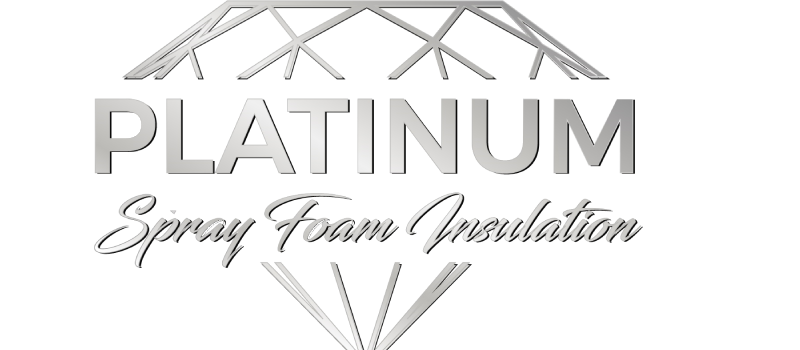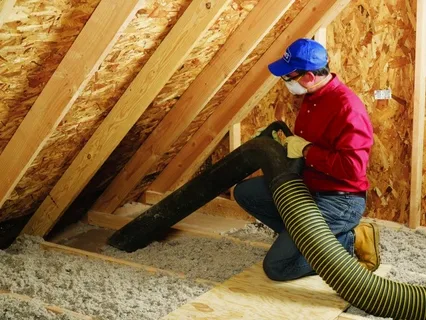When it comes to maintaining a comfortable and energy-efficient home, one of the most overlooked aspects is the insulation. Over time, insulation can degrade, become ineffective, or even accumulate contaminants that could harm your health. Insulation removal is a crucial step that many homeowners overlook, but it can greatly enhance the energy efficiency of your home. In this blog, we’ll explore how insulation removal can improve your home’s energy efficiency, the benefits, and why it should be a part of your home improvement plan.
What is Insulation Removal?
Insulation removal is the process of safely removing old, outdated, or damaged insulation from your home. The purpose of insulation in your home is to help regulate the internal temperature by preventing heat transfer between the interior and the exterior. Over time, however, insulation materials can become compressed, contaminated with moisture, or lose their effectiveness. This is when insulation removal becomes necessary.
Removing old insulation allows homeowners to install newer, more efficient insulation materials, which can significantly reduce energy consumption and improve overall comfort.
How Insulation Removal Boosts Energy Efficiency
1. Eliminates Air Leaks
One of the primary ways insulation removal can enhance energy efficiency is by eliminating air leaks. Over time, old insulation can shift, compress, or become damaged, leaving gaps or voids where air can escape. This results in drafts and uneven temperatures throughout the home, forcing your HVAC system to work harder to maintain a consistent temperature.
By removing the old insulation and installing new, high-performance materials, you can seal these gaps, significantly reducing heat loss and air infiltration. This directly leads to lower energy bills as your heating and cooling systems won’t have to work as hard.
2. Prevents Mold and Mildew Growth
Old insulation, especially in areas like attics and crawl spaces, can become a breeding ground for mold and mildew if it has been exposed to moisture. Mold can spread quickly, impacting both the air quality inside your home and the health of your family. If left untreated, mold can also cause significant structural damage to your property.
By removing old insulation, you eliminate the potential for mold and mildew growth, allowing you to replace it with moisture-resistant materials that help maintain a healthy indoor environment. This not only improves energy efficiency but also safeguards your home from costly repairs.
3. Prevents Unwanted Pests
Another advantage of insulation removal is the ability to rid your home of pests that may have made a home within your insulation. Mice, rats, and insects can nest in your attic or walls, creating insulation damage and reducing its ability to insulate effectively. In some cases, pests may even damage electrical wiring or other infrastructure in your home.
When you remove the old insulation, you remove the environment where pests can thrive, creating a cleaner, healthier, and more energy-efficient home.
4. Upgrades to Modern Insulation Materials
Not all insulation materials are created equal. Older types of insulation, such as fiberglass batt, can lose their insulating properties over time. Newer, more energy-efficient materials, such as spray foam insulation or cellulose insulation, offer better thermal resistance and air sealing capabilities.
Insulation removal allows you to upgrade to modern materials that will outperform older ones, helping you save more on energy costs while keeping your home comfortable year-round.
The Benefits of Insulation Removal
1. Reduced Energy Bills
By improving the insulation in your home, you’ll notice a significant reduction in your energy bills. Well-insulated homes are easier to heat and cool, meaning your HVAC system doesn’t need to work overtime to maintain the desired temperature. The result is lower energy consumption and savings on utility costs.
2. Increased Comfort
Old insulation that’s no longer doing its job can lead to temperature fluctuations in your home. Insulation removal and replacement ensure that your home remains at a comfortable temperature, regardless of the weather outside. Proper insulation can keep the warmth in during the winter and the cool air in during the summer, boosting your comfort all year long.
3. Improved Indoor Air Quality
As mentioned earlier, old insulation can harbor mold, dust, and pests, all of which can negatively impact indoor air quality. Removing these contaminants improves the air you breathe and helps protect your family from health issues like asthma and allergies.
4. Better Home Value
Homes with high energy efficiency are more attractive to potential buyers. By investing in insulation removal and upgrading your insulation, you are increasing the resale value of your home. Energy-efficient homes are a key selling point in today’s real estate market, and many buyers are willing to pay a premium for a home that’s well-insulated.
When to Consider Insulation Removal
There are several signs that may indicate it’s time to consider insulation removal in your home:
- High Energy Bills: If you’ve noticed a sudden increase in your energy bills despite no significant changes in your usage, your insulation may no longer be functioning properly.
- Inconsistent Temperature: If certain rooms in your home are hotter or colder than others, it’s a sign that your insulation may be compromised.
- Water Damage or Mold: If you’ve had issues with leaks or water damage in areas like the attic or basement, the insulation may have absorbed moisture, leading to mold growth.
- Pest Problems: The presence of rodents or insects in your attic can be a clear indication that your insulation needs to be replaced.
Conclusion
Insulation removal is more than just an inconvenience; it’s a smart investment in your home’s energy efficiency, comfort, and long-term value. By removing outdated or ineffective insulation, you’re not only improving your home’s energy performance but also ensuring a healthier living environment. The benefits—ranging from reduced energy bills to improved indoor air quality—make insulation removal a worthwhile consideration for homeowners looking to optimize their properties.
FAQ
Q1: How often should I remove insulation in my home?
Insulation doesn’t need to be replaced frequently. However, if you notice any of the signs mentioned earlier—like high energy bills, temperature fluctuations, or mold—removal may be necessary. Typically, insulation should be inspected every 10-15 years.
Q2: Can I remove the insulation myself?
While some DIY enthusiasts may attempt insulation removal, it’s generally recommended to hire professionals. They have the tools and expertise to safely remove insulation and handle any contamination or pests that may be present.
Q3: Is insulation removal expensive?
The cost of insulation removal depends on the size of your home, the type of insulation, and the complexity of the job. However, the long-term savings on energy bills and the benefits to your home’s value often outweigh the initial cost.
Q4: Will new insulation always improve energy efficiency?
If you replace old, damaged, or inefficient insulation with high-quality, modern materials, you should see a noticeable improvement in energy efficiency. However, it’s essential to choose the right type of insulation for your home’s needs.

